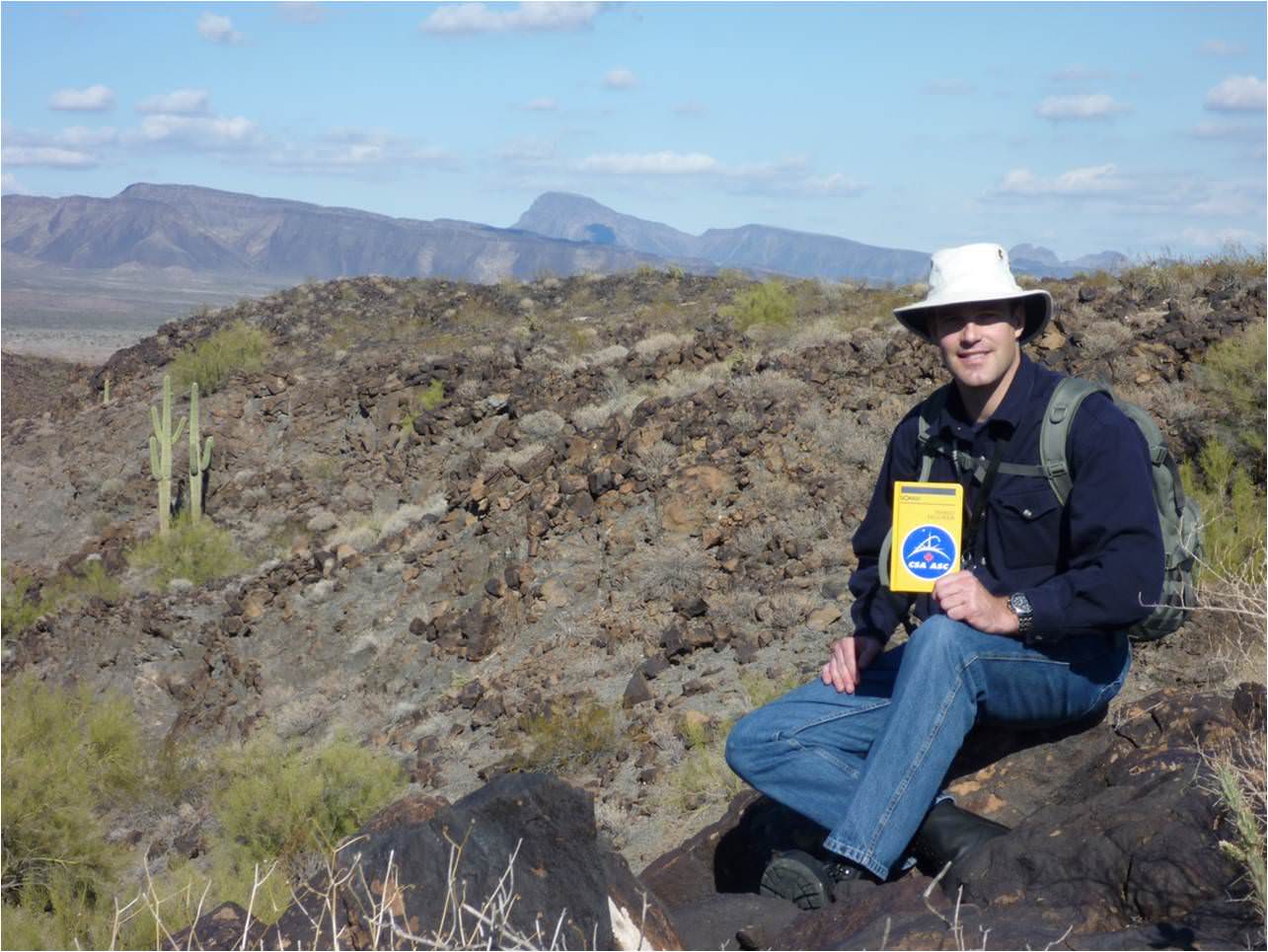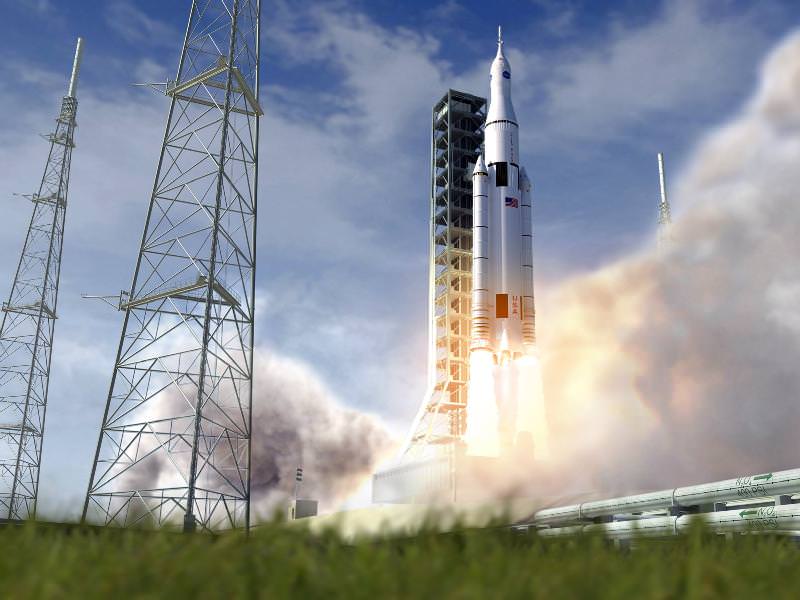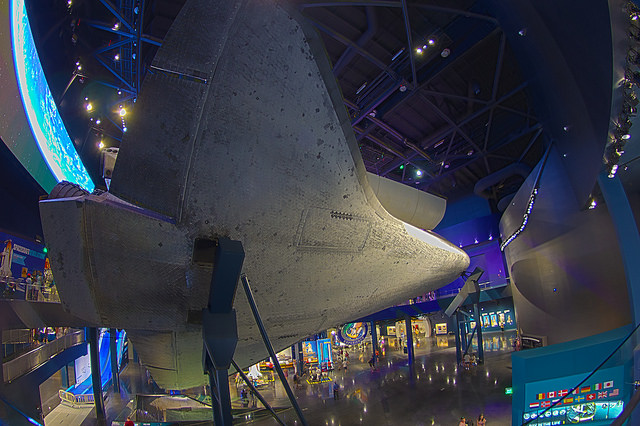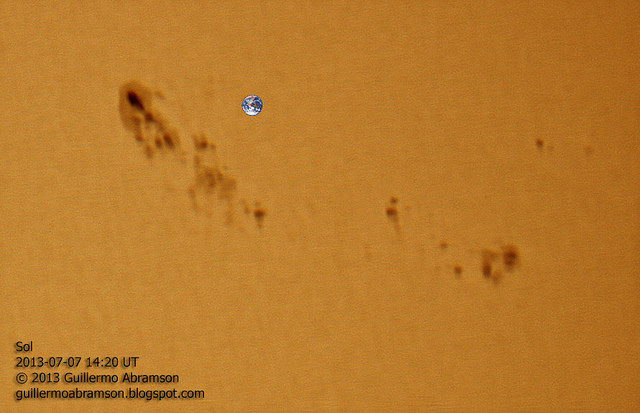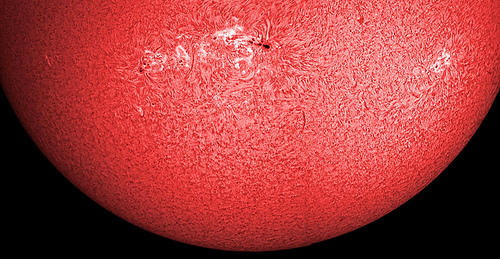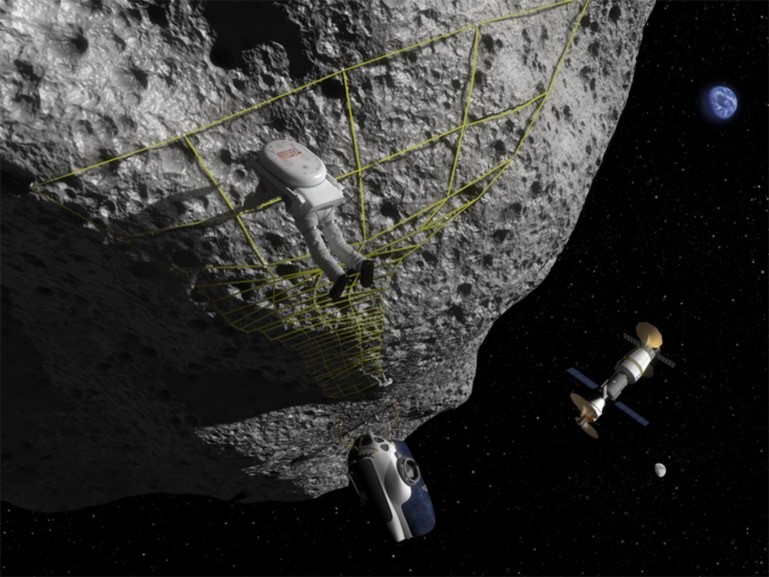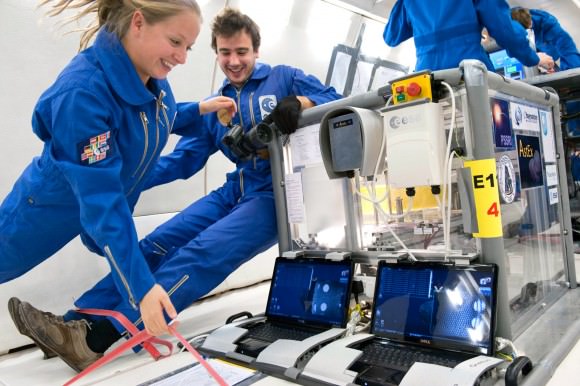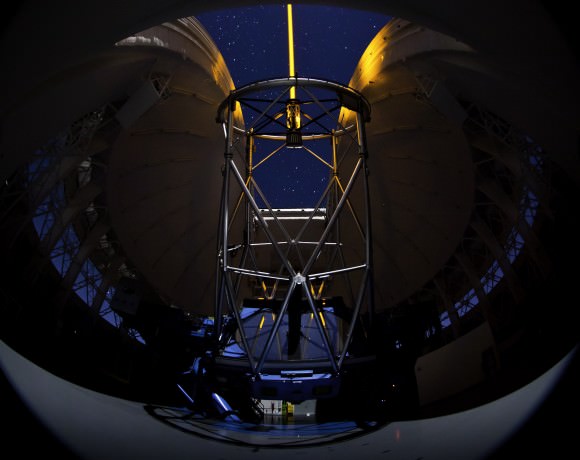Air-breathing rocket engine. Need we say more?
The technology, which sounds straight out of a science-fiction movie, has enough reality to it for the United Kingdom government to offer $90.62 million (£60 million), in stages, to a company looking to develop the engine.
The money will go to Oxfordshire-based Reaction Engines, which we’ve seen on Universe Today before. They’re also developing an unpiloted and reusable spacecraft called Skylon, which is intended for low Earth orbit after leaving the planet from a conventional runway.
Skylon isn’t flight-ready yet, but so far the project did pass a United Kingdom Space Agency technical assessment. If completed, the UK Space Agency says Skylon is just one of many vehicles that could use this engine, which is called Sabre.
“The unique engine is designed to extract the oxygen it needs for low atmosphere flight from the air itself, paving the way for a new generation of spaceplanes which would be lighter, reusable and able to take off and launch from conventional airport runways,” the agency stated.
The money, stated Reaction Engines founder Alan Bond, will fund “the next phase in the development of its engine and heat management technology.” More specifically, this is what the company plans to use the funds for:
– Engine technical design work;
– Improving lightweight heat exchanger technology and manufacturing;
– Performing wind tunnel and flight testing of engine components;
– Doing a “ground demonstration” of the engine.
If all stays to schedule, Reaction Engines expects a Sabre prototype will be ready in 2017, with flight tests commencing in 2020.

The major goal of Sabre is to use hot air entering the engine to obtain the required oxygen for operations, rather than carrying the gas separately on board. The engine is supposed to switch to a “rocket mode” at 26,000 feet in altitude.
“This advantage enables a spaceplane to fly lighter from the outset and to make a single leap to orbit, rather than using and dumping propellant stages on the ascent – as is the case with current expendable rockets,” the UK Space Agency stated.
Reaction Engines promises Skylon would give “reliable access to space” through carrying payloads of up to 15 tonnes, but at only 2% of the cost of more conventional launch vehicles — namely, rockets. It remains to be seen if they will achieve that cost goal, but the funding is welcome news nonetheless for the company.
Source: UK Space Agency


